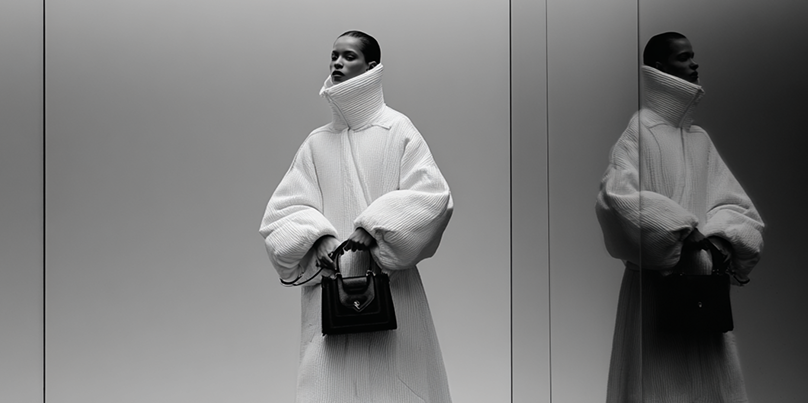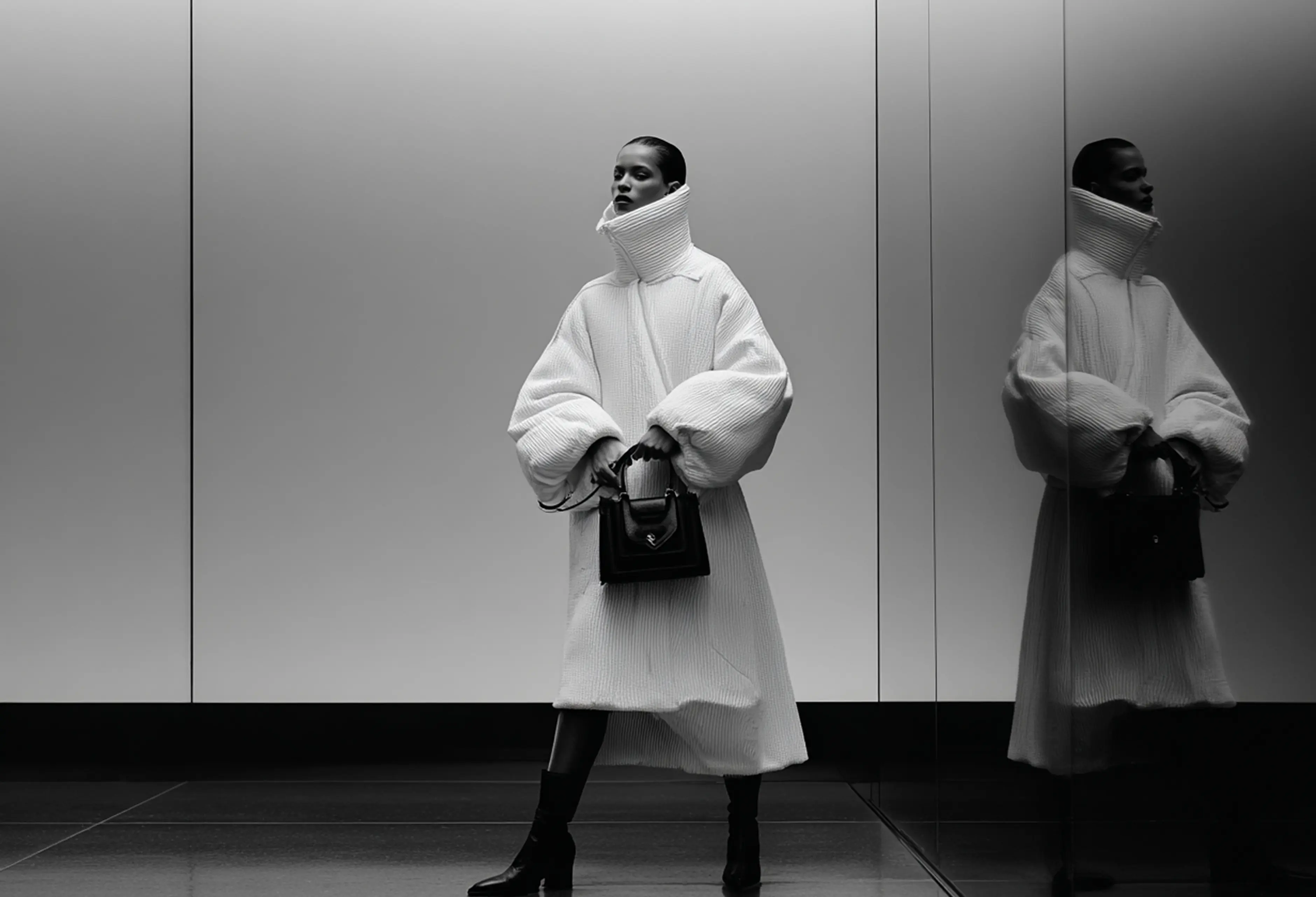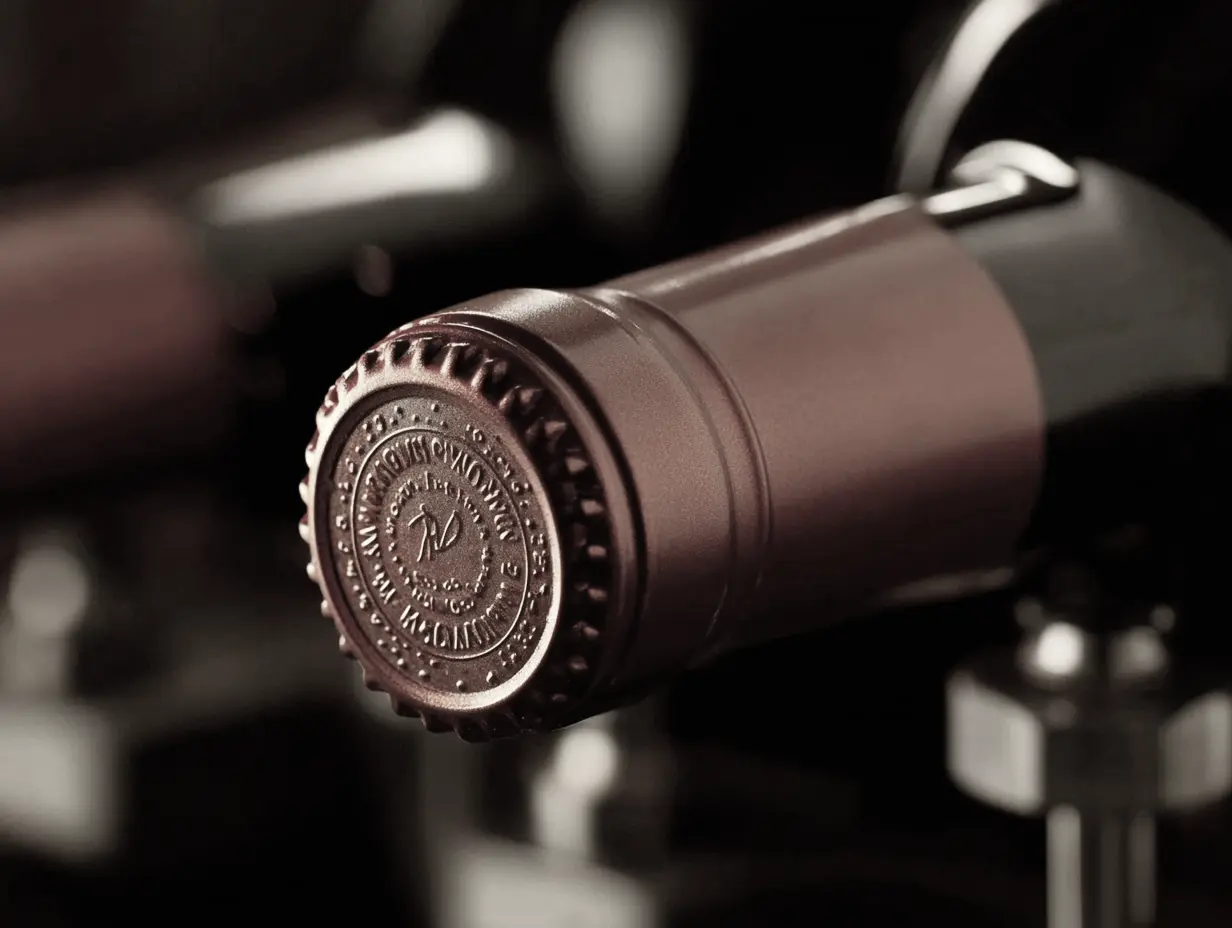
Fashion Industry Q4 Outlook 2025: Leadership Shake-Ups, Market Pressures & The Innovation Race

As 2025 draws to a close, the global fashion industry is facing a defining moment. After two years of uneven recovery, the final quarter of the year has brought both renewed optimism and structural tension — with brands balancing creative reinvention, technology adoption, and financial discipline in an unpredictable market. From executive reshuffles at luxury houses to the rapid acceleration of AI design tools, Q4 is proving to be one of the most pivotal periods in recent fashion history.
Market Pulse: Volatility Returns to the Runway
Q4 opened with mixed results across the major players. Inflationary pressures have eased slightly, but consumer sentiment remains fragile, particularly in Europe and North America, where discretionary spending has slowed. Luxury continues to outperform mid-market, yet even premium brands are finding it harder to sustain double-digit growth.
Online retailers, meanwhile, are seeing diverging fortunes. ASOS shares dropped roughly 11% in late September after the company warned that full-year sales would fall short of forecasts. Analysts cite weak demand in key EU markets and inventory overhang as the main culprits. In contrast, Levi’s has surprised investors with a strong rebound, its stock climbing over 20% year-to-date after the company doubled down on direct-to-consumer channels and a cleaner, more focused product portfolio.
Luxury conglomerates are under pressure too — Kering’s share price has dipped nearly 10% since August, with concerns around Gucci’s slowing momentum. Meanwhile, LVMH has managed to stabilise, buoyed by strong performance from Dior and Tiffany, but the group remains cautious about Q4 consumer trends in China.
Leadership Changes: New Creative and Commercial Directions
If 2024 was the year of consolidation, 2025 has been the year of creative and executive renewal. Several high-profile moves have reshaped the fashion landscape heading into Q4:
- Pierpaolo Piccioli’s debut at Balenciaga is generating anticipation ahead of the brand’s winter show. His move from Valentino symbolises a deliberate reset — merging romanticism with a modern edge after several turbulent years for the Kering-owned label.
- Jonathan Anderson’s appointment at Dior has been the most talked-about creative shift of the year. Taking charge of both men’s and women’s lines, Anderson’s minimalist sophistication could redefine Dior’s aesthetic direction for the next decade.
- Burberry’s new CEO Joshua Schulman is steering a “back to British heritage” strategy. His early moves to streamline product ranges and refocus on core icons have lifted investor confidence — the brand’s stock rose nearly 20% in the past quarter.
- Prada’s €1.25 billion acquisition of Versace officially cleared regulatory approval this autumn, marking a new chapter in the consolidation of Italian luxury and positioning Prada Group as a credible challenger to French dominance.
These leadership moves reflect a wider trend — legacy houses are rebalancing their creative risk appetite while tightening operational efficiency to weather uncertain demand cycles.
Innovation & Sustainability: Tech Becomes the Real Runway
Q4 has underscored one truth — the future of fashion lies at the intersection of technology, sustainability, and creativity.
- AI-powered design is no longer a novelty; it’s entering the mainstream. Companies such as WGSN are using predictive algorithms to model consumer preferences 18 months in advance, while design houses are testing generative AI tools for pattern creation and virtual collection previews.
- Smart textiles and biotech materials are gaining momentum, especially among performance and luxury brands seeking to reduce waste. Startups producing bio-based leathers and 3D-printed fabrics are now being courted by investors at valuations once reserved for digital fashion.
- The EU’s Digital Product Passport (DPP) legislation, set to roll out from 2026, has triggered a surge of pilot projects. Houses such as Chanel and Hermès are building blockchain-integrated transparency systems, not just for compliance, but as a marketing tool to showcase provenance and circularity.
Meanwhile, the rise of digital fashion continues to blur lines between physical and virtual. Metaverse-inspired collaborations may have lost some hype since 2022, but brands are quietly monetising digital-only drops and augmented reality experiences for Gen Z audiences.
The Strategic Balancing Act: Growth vs. Relevance
As the curtain falls on 2025, fashion executives are facing a delicate balancing act between growth, identity, and adaptability:
- Brand heritage vs. reinvention – As houses like Dior and Burberry pivot to new creative visions, maintaining authenticity while reaching new generations is critical.
- Profitability vs. innovation – Digital investments are expensive, but underinvesting in tech risks irrelevance in the next cycle.
- Global vs. local strategy – With consumer trends diverging between Europe, the Middle East, and Asia, localisation is key. Brands expanding in the GCC and Southeast Asia are outperforming global averages.
- Sustainability as strategy – With regulation and consumer awareness converging, sustainability is no longer an ESG checkbox — it’s an operational pillar.
Outlook for Early 2026
Looking ahead, analysts expect a modest rebound in luxury spending by mid-2026, particularly in Asia-Pacific. However, the consensus remains cautious. The brands that succeed will be those that combine creative storytelling with technological and operational agility.
The final quarter of 2025 has made one thing clear: the winners in fashion’s next chapter won’t just design clothes — they’ll design systems, cultures, and experiences that are as dynamic as the consumers they serve.
Latest Thinking
News & Insights




